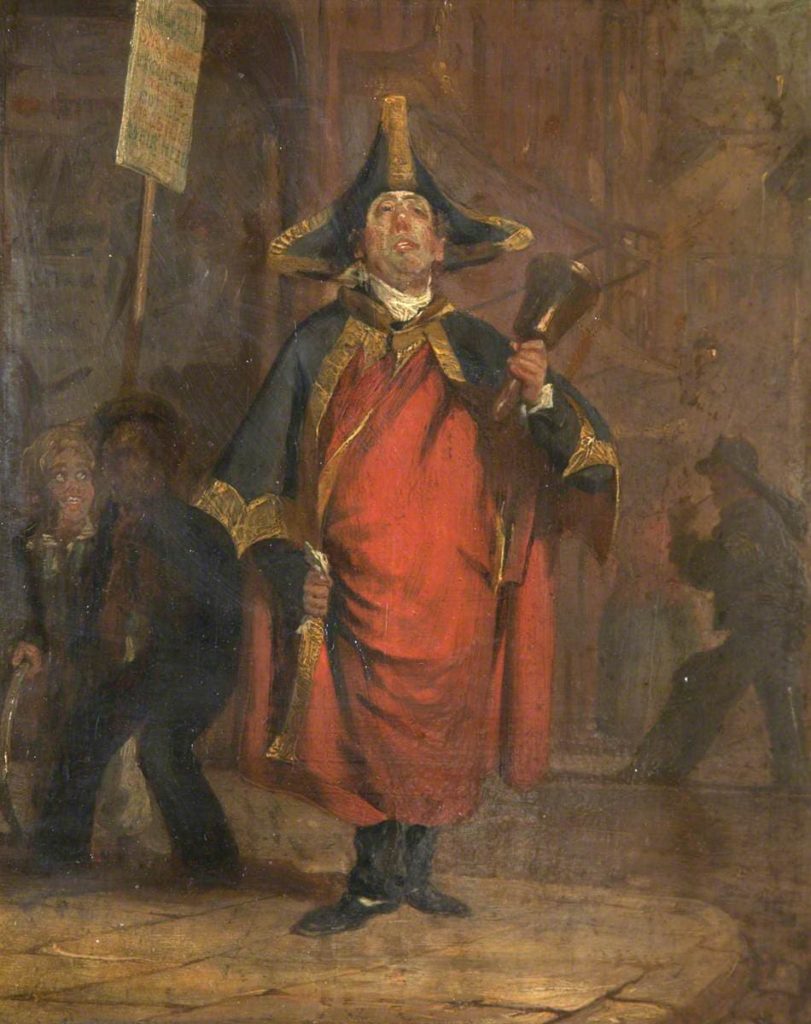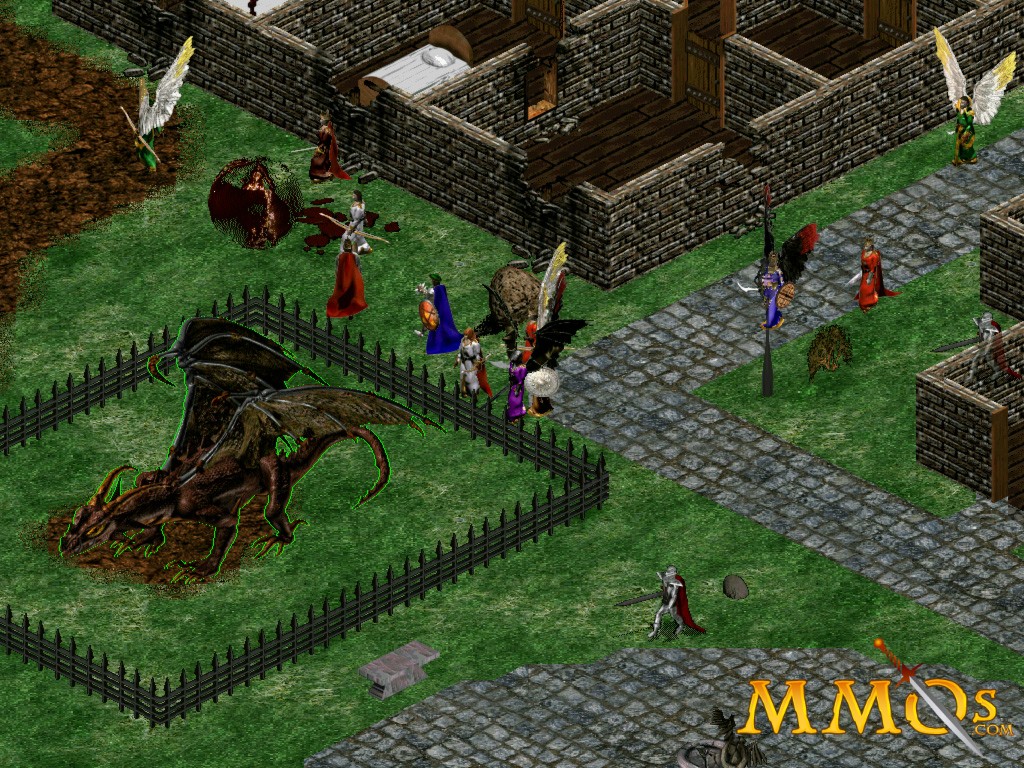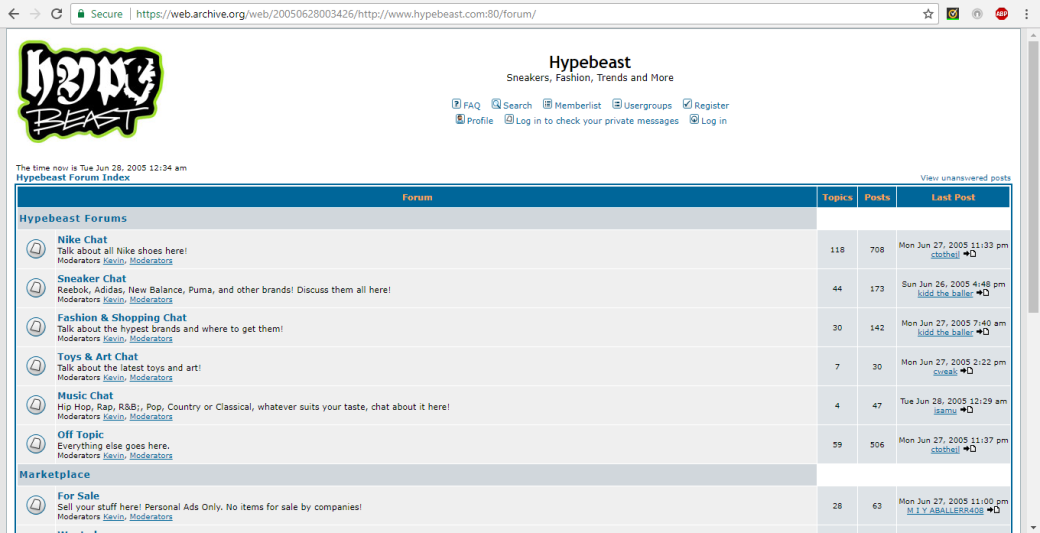Community managers didn’t really exist 15 years ago. Sure, back in the mid-1990s, there were professionals paid to “manage communities” in computer games and chat rooms, however, they were really just moderators and not representing brands from an engagement or customer service perspective. Let’s take a look into how community management has evolved over the past few decades!
Pre-Internet Days

Before the internet existed, mayors, town criers, and community leaders were the closest thing to community managers you can get. Tasked with managing community issues, complaints, and events, their style of communication was mainly shouting in the street and organising local meetings (as you can imagine!)
1990s: When the internet arrived

In the early 1990s, the growth of mainstream online computer services saw a need for the role of “community managers”, especially in the computer games sector with the advent of MMORPG (Massively Multiplayer Online Role-Playing Games). Serving as moderators, game community management often involves supporting open communications between the developer and player community. While the term “online community manager” may not have been used at that time, the role has existed since online systems began to offer community creating features and functions, such as bulletin board systems.
2005: The year of the forum moderator

It wasn’t until 2005 when brands began to realise the power of customer conversations in these topic-based communities. In some cases, these exclusive communities were even created by brands to communicate with their most loyal customers or a select group of influencers.
2008: Remember Facebook?

When social media networks like Facebook and Twitter first broke into mainstream culture back in 2007 and 2008, brands quickly jumped on the bandwagon. With pages and groups to manage, it came to their realisation that conversations were happening online and they needed to be part of it.
However, social budgets remained relatively small for new platforms like these and it wasn’t feasible for senior marketing team employees to handle community management. Instead, marketers looked for junior members who could monitor the pages off the side of their desk. According to Alex Paquin, a strategic planning director at Publicis who has run social media accounts for prominent brands like A&W and Rogers, the role landed on “the youngest niece or nephew” of someone in the office.
2010: The year of the “humanised” brand
The pivoting point came when Facebook converted their profile-like “fan pages” to “brand pages” in 2010. Suddenly, brand presence on Facebook which was previously sometimes managed became mandatory in every marketer’s plan. Community managers, who were considered as junior roles back then, quickly changed significantly as brands realised that a random intern wasn’t going to cut it.

The role evolved towards engaging people in conversations, customer support and building brand messaging. Community managers spent their time checking trending topics, managing groups, and listening to brand conversations.
It was also in 2010 when Community Management Appreciation Day was established on the fourth Monday of January each year. Created by Jeremiah Owyang, the day was seen as a way to recognise the efforts of community managers globally (good one, Jeremiah!)
A decade later…
The field has undergone massive evolution in the past decade and is now one of the most critical roles in social media. With more social media networks to monitor, more messaging apps to handle, shorter audience attention span with higher expectations for response turnover times, the role of a community manager is constantly evolving with challenges.
At the end of the day, community managers are like the glue which holds your brand together to maintain that connected relationship you have with your customers. They are your moderators, brand ambassadors, customer service experts, social listeners and more.
